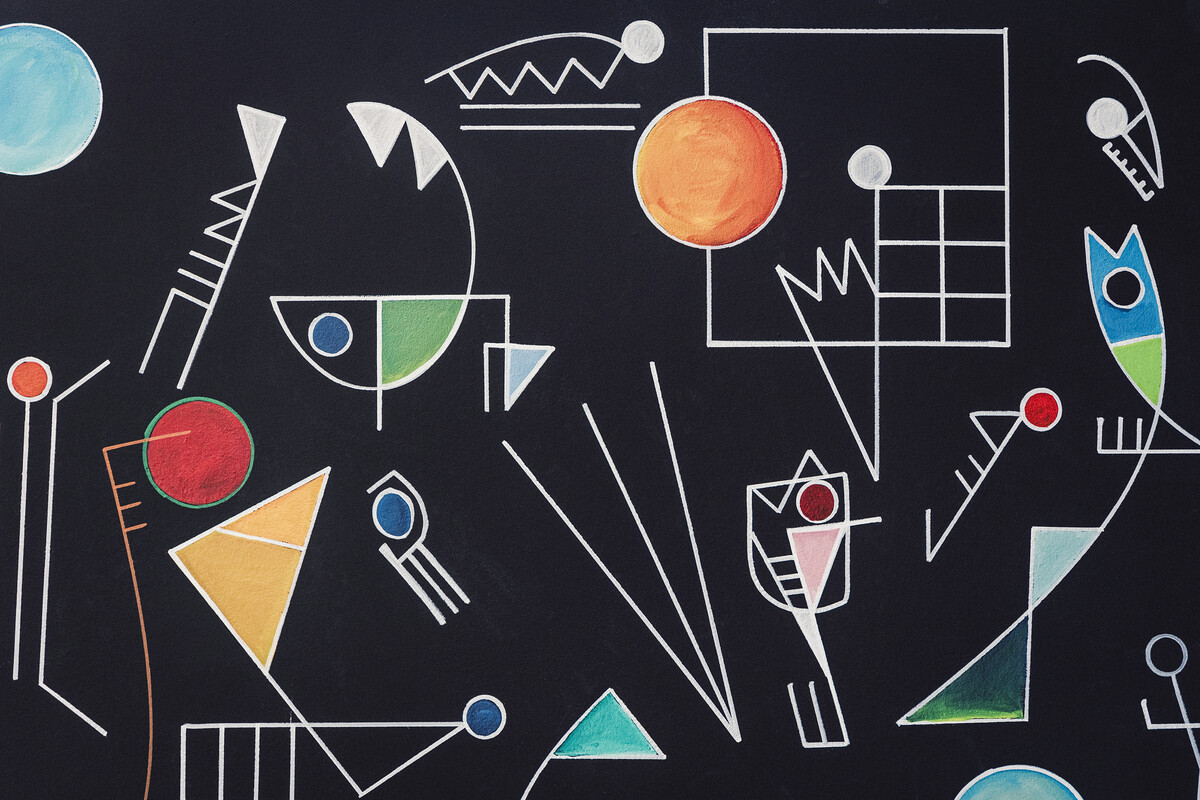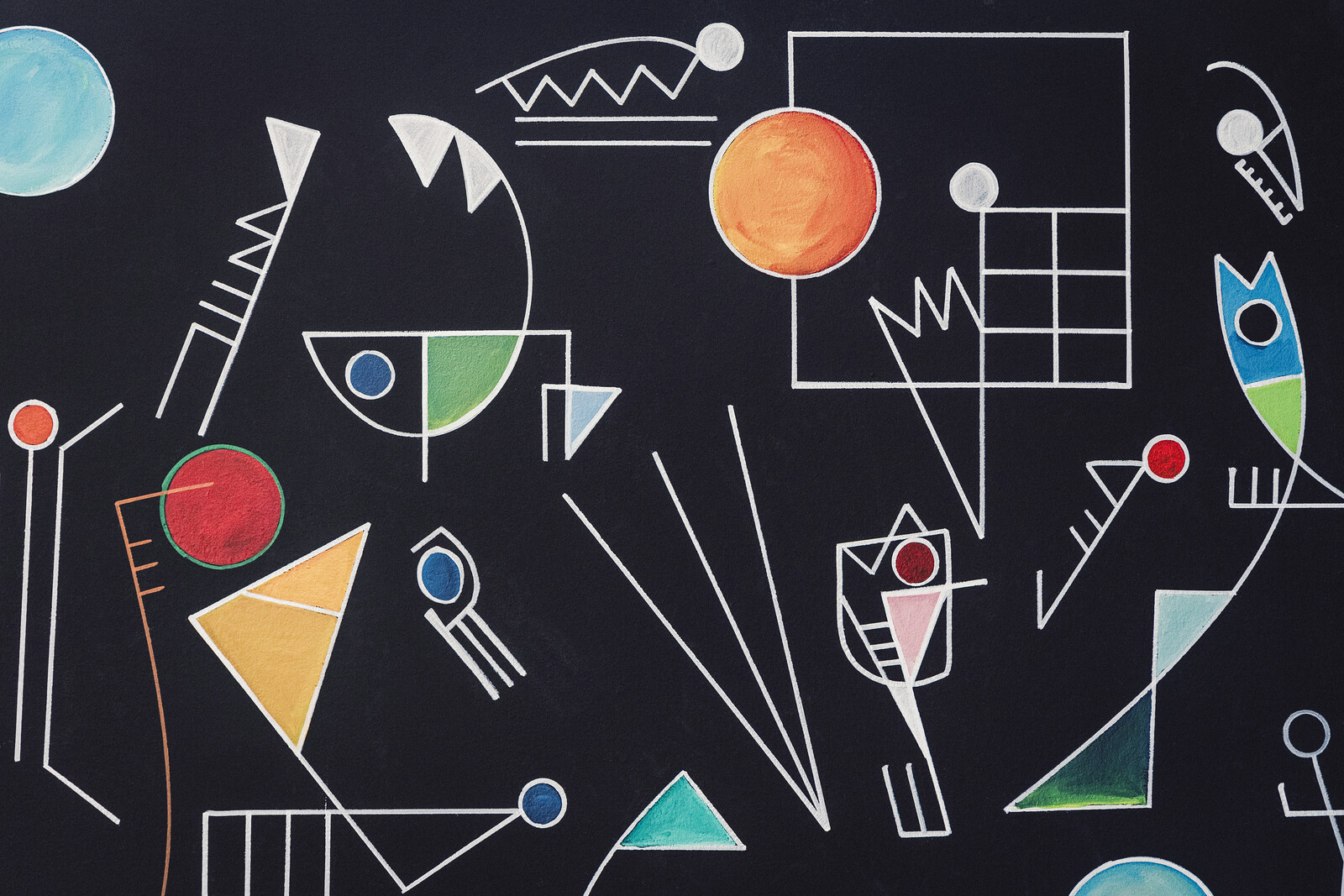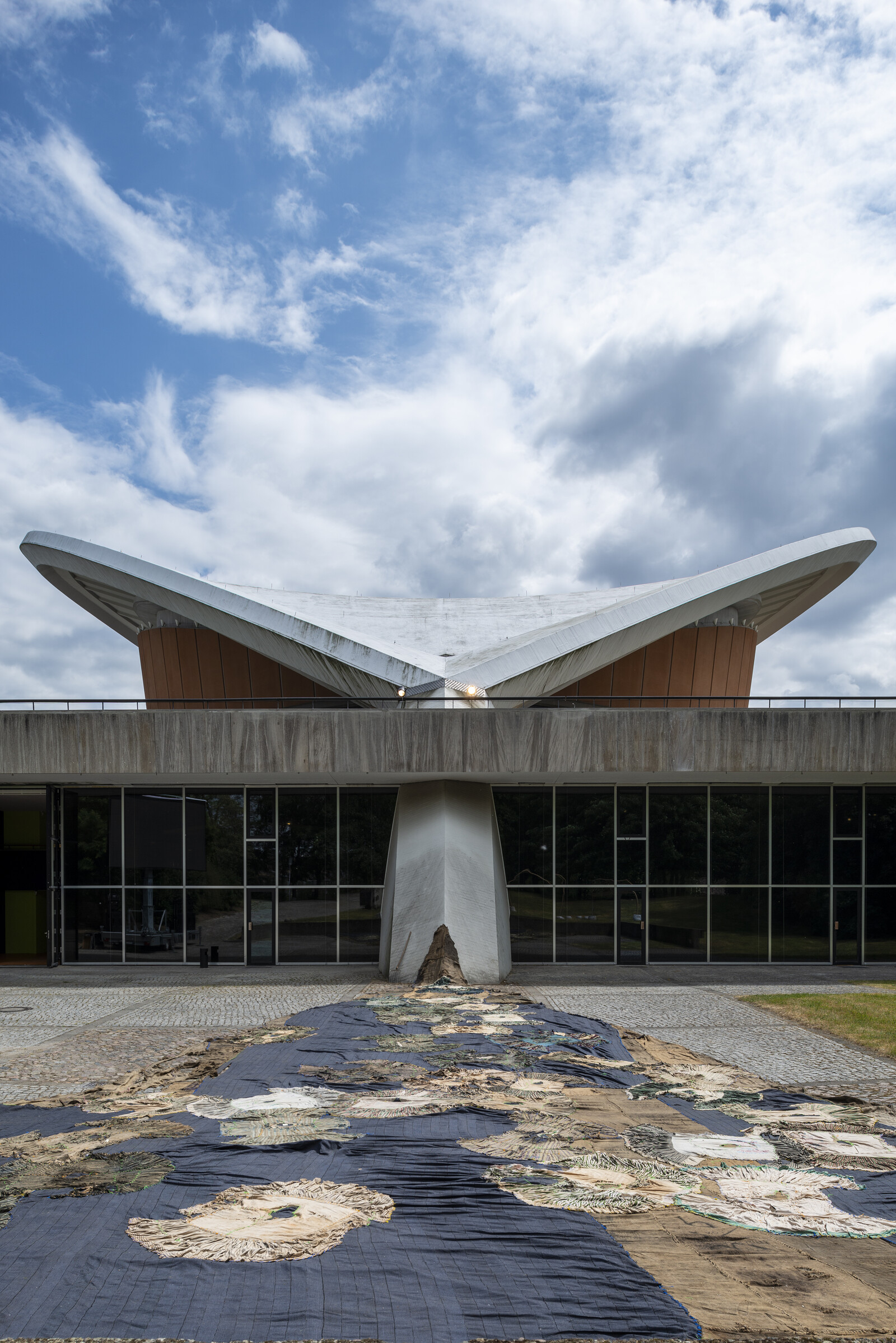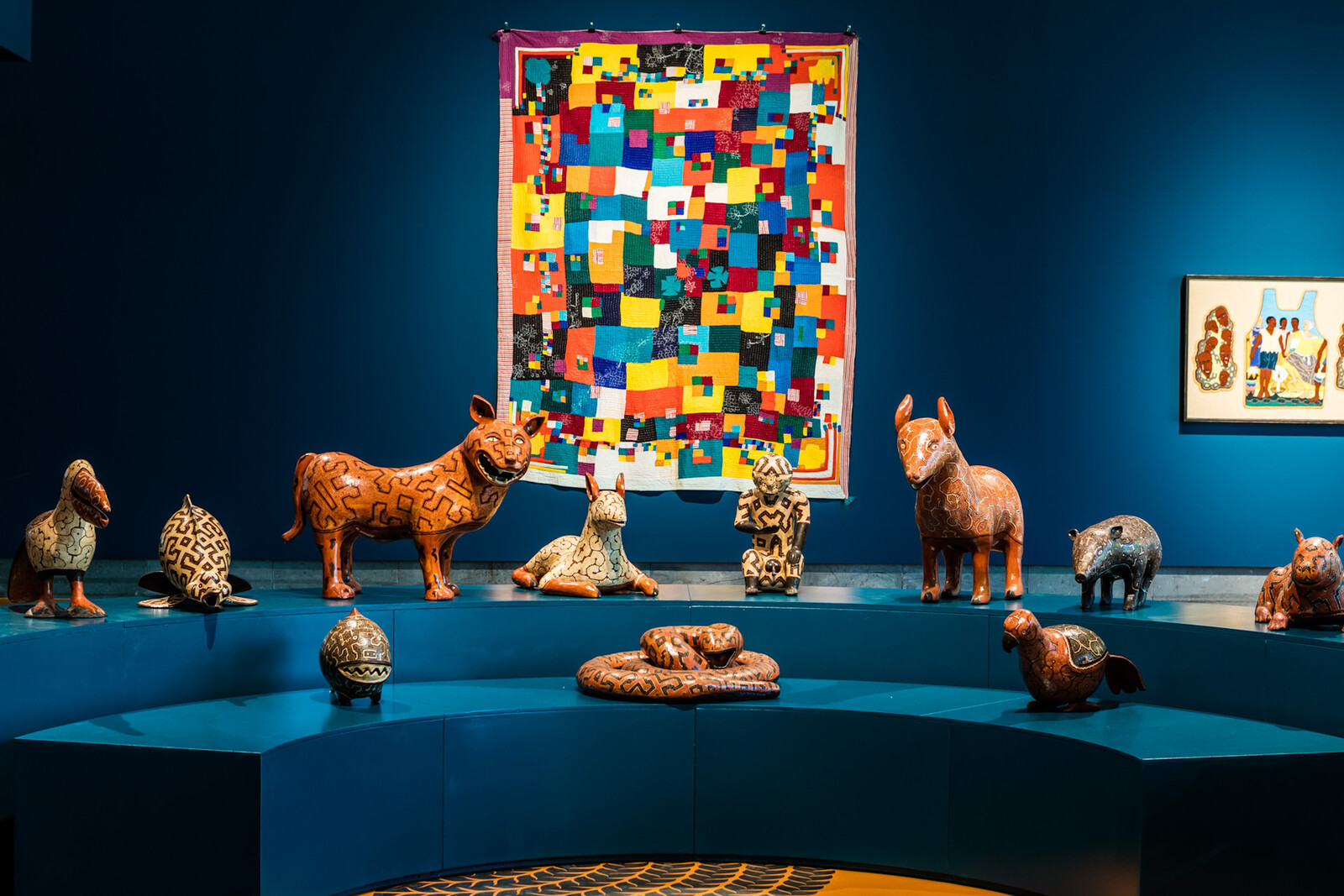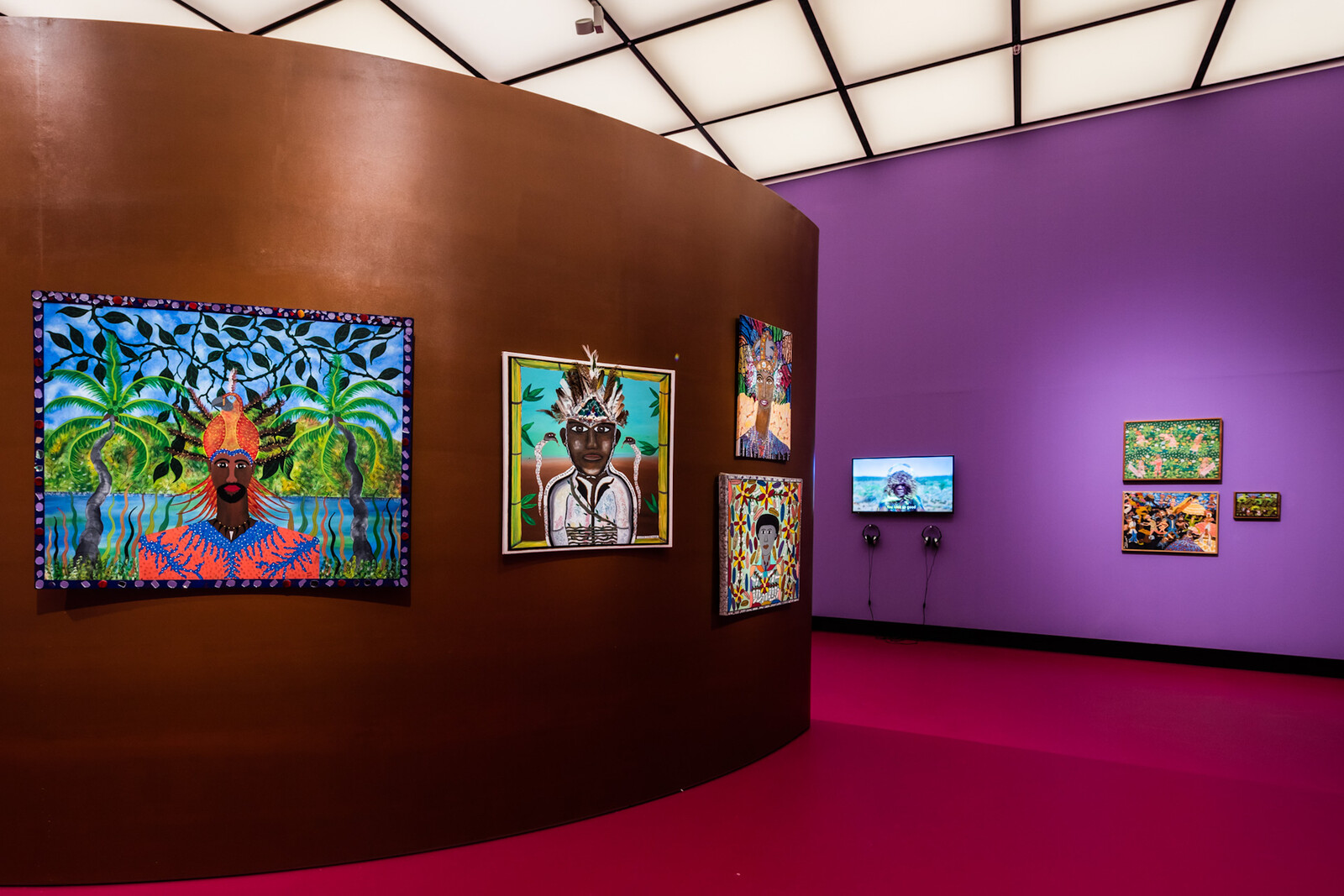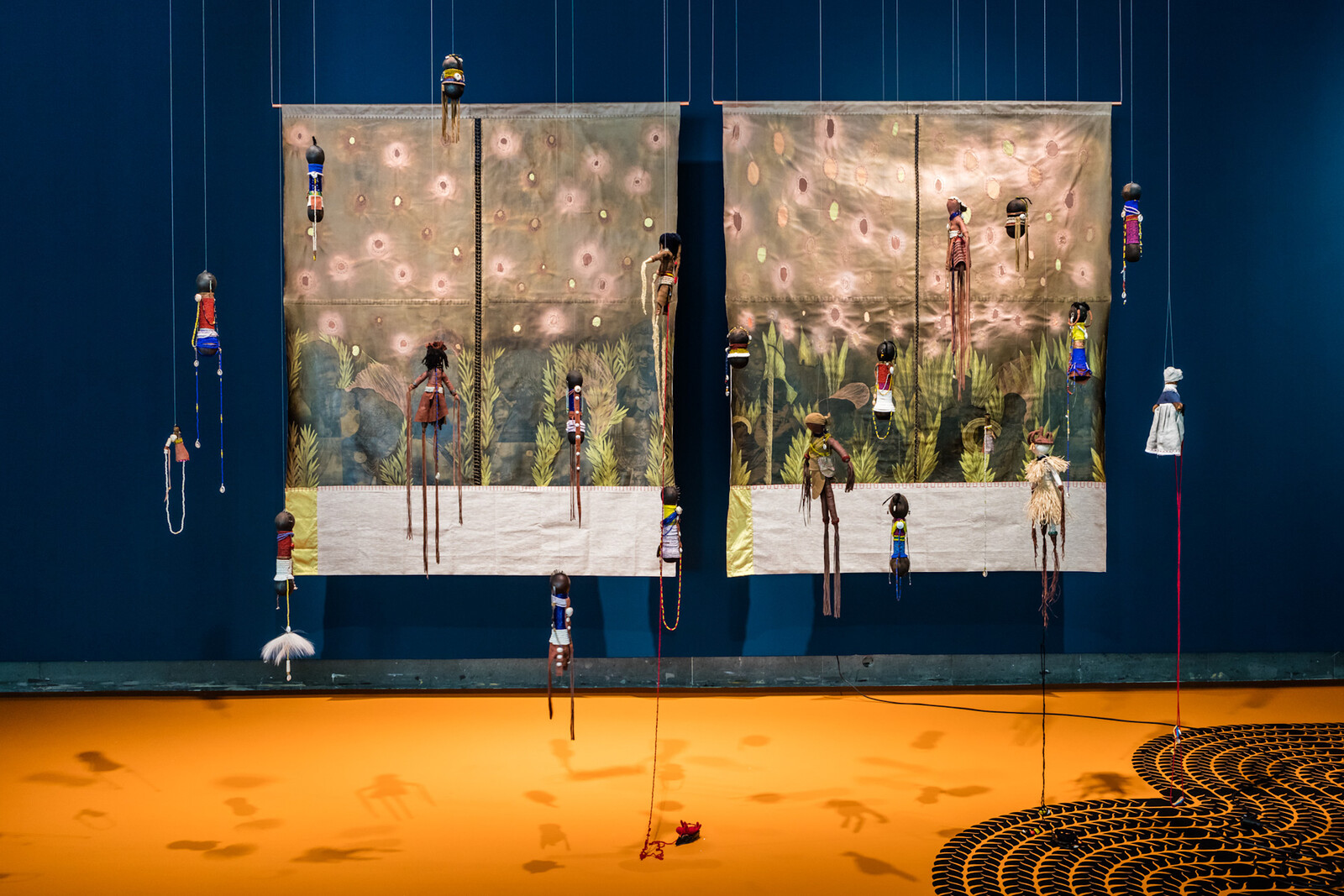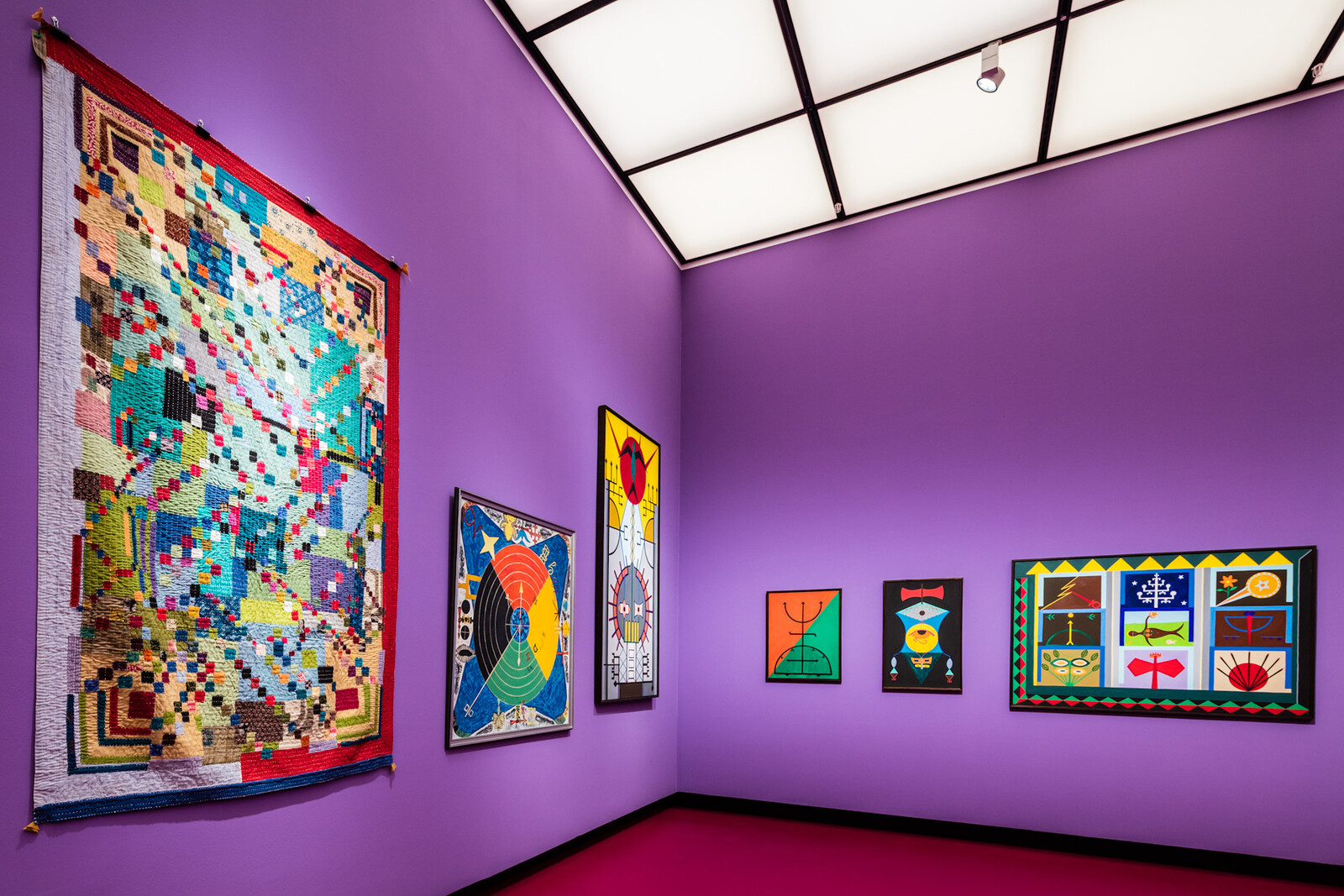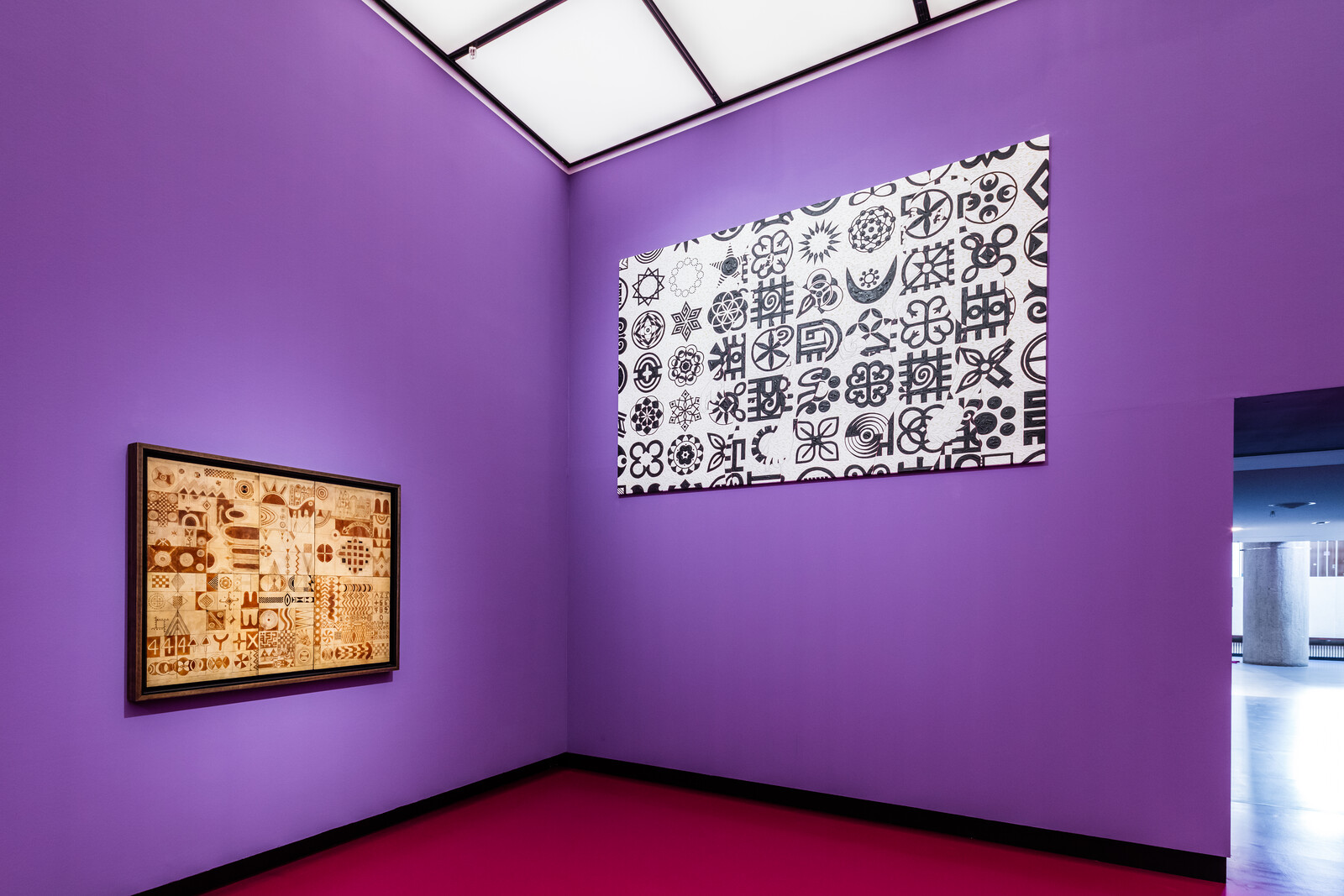The reopening of Berlin’s Haus der Kulturen der Welt was marked by three days of performances, concerts, lectures, readings, rituals, and blessings under the banner “Acts of Opening Again: A Choreography of Conviviality.” Those familiar with incoming director Bonaventure Soh Bejeng Ndikung’s program at Savvy Contemporary, which he founded in 2009 and quickly established as a forum for deliberation, experimentation, and sociability, will recognize a continuation of its ethos of conviviality and hospitality as an integral aspect of institution-building. Yet how might such values transition to the larger scale of a bureaucratic German institution, which operates according to different metrics than more fluidly structured art spaces? How does a curatorial stance of cultivating intimate spaces within institutions ultimately expand the channels through which we can engage with art and with each other? How does an invisible curatorial material like intimacy manifest itself within an exhibition? And finally, how might such a politics of conviviality be enacted within what Ndikung has referred to as “the belly of the beast”?1 These questions pervaded my thinking about “O Quilombismo,” a show whose concept and content are entirely entangled with the act of thinking how to “institute.”
The inaugural exhibition in HKW’s new program takes its inspiration from a political ideology inspired by the “quilombo,” remote communities in colonial Brazil organized by fugitive African slaves between the sixteenth and nineteenth centuries. Theorized by figures like the artist, poet, activist, and politician Abdias Nascimento and activist-academic Beatriz Nascimento, the notion of quilombismo gained momentum under the auspices of Black liberation movements in Brazil during the second half of the twentieth century that celebrated the quilombo as an autonomous space of freedom and liberation. This exhibition does not simply address the quilombo as a historical fact, but draws upon it as a critical and narrative tool, asking how the historical quilombos found on the African and South American continents might help us understand how generative, resistant spaces can operate in the present—in other words, the kind of space that the new Haus der Kulturen der Welt strives to be.
In a subtle spatial mirroring of the decentralized, non-hierarchical quality of the quilombo, the exhibition sprawls throughout the entirety of the building. Ibrahim Mahama’s E PAIN ME (2023), an installation of historical handwoven fabrics, covers the newly named Les Nana Benz Terrace, while mural-sized canvases by Alberto Pitta depicting stories related to the Yoruba deity Ogum sheathe the building’s façade. A pictographic visual score by Tanka Fonta encircles the museum’s airy foyer, while suspended bark cloth works by Nikau Hindin impart a breezy sense of lightness and possibility congruent with the traditional Maori use of “manu” kites for divination and communication. In what used to be the HKW’s main exhibition space, now renamed the Mrinalini Mukherjee Hall after the renowned sculptor, a floor mural by Nontsikelelo Mutiti winds throughout the room.
Building upon the artist’s research into the social and aesthetic dimension of hair braiding—a practice linked to social belonging and inter-generational bonding that was also historically used as a means to transmit escape maps from slavery—Kubatana (togetherness/unity/connecting/touching/holding) (2023) charts a pathway through works that examine notions of collectivity, solidarity, storytelling, spirituality, transformation, and human relationships with non-human agents. In the adjacent Beatriz Nascimento Hall, vibrant graphic paintings by Abdias Nascimento and Rubem Valentim, both of which draw their primarily abstract forms from the Afro-Brazilian Candomblé religion, share space with a work by Farid Belkahia, whose densely gridded painting Patchwork Culturel (1979) intersperses squiggles, lines, and patterned geometric forms with Tifinagh letters. Maria Auxiliadora’s painting Samba (1969) and Mallica “Kapo” Reynolds’s Kubalee (1972) depict groups of people engaged in quotidian and life-sustaining practices like sharing a meal, cultivating gardens, or dancing.
In many of the exhibition spaces works are installed against brightly colored walls; the din of video works seeps between areas, and sound works instill the viewing experience with a palpable sense of rhythm. Such spatial and sensual curatorial choices work against the presumed neutrality of the traditional white-cube museum space. The decision to forgo didactic wall texts, although it left this viewer at times feeling a bit lost and rudderless, also foregrounds what seems to be a conscious curatorial emphasis on the whole over individual parts, thereby positioning the exhibition as a holistic physical experience that privileges the feeling of being in and occupying space as much as the absorption in an individual artwork.
“O Quilombismo”—and indeed the new program for the Haus der Kulturen der Welt—is anything but neutral, a stance that finds its highest expression in the comprehensive project of renaming the historically loaded building’s myriad halls, corridors, and auditoriums. Part of the post-war Interbau project undertaken in the late 1950s in a divided Berlin, Hugh Stubbin’s former Kongresshalle was constructed upon an artificial mound to ensure its visibility from former East Berlin. As the curator and theorist Doreen Mende has noted, it was “built on the premise of liberal democracy and the idea of freedom,” which in that context was “a tool of war.”2 Ndikung and his curatorial team graft another conception of freedom onto the house, one informed and propelled by the radical poets, artists, activists, and politicians whose names now adorn every nook and cranny of the HKW’s iconic architecture. Perhaps these spaces, like the quilombos Ndikung writes about in the reader accompanying the exhibition, can serve as “a space from which to wage the ongoing fight. Space in which momentum can be gathered.”3 Time will tell.
In his 2021 essay “The Delusions of Care,” Ndikung describes his position of running a cultural institution as operating within the “belly of the beast” and conjures digestive metaphors to colorfully describe the uncertain, antagonistic, and mercurial rhetoric of care relationships when it’s difficult to ascertain whether one’s collaborators, or co-digestive agents as Ndikung calls them, are working with or against you. “Maybe,” Ndikung writes, “running an institution or curating within the belly of the beast would be conjuring processes that lead to or enact diarrhoea. Diarrhoea or any process of destabilization of the bowels of the beast of resilience.” Bonaventure Soh Bejeng Ndikung, The Delusions of Care (Berlin: Archive Books, 2021), 16.
“On End Credits: Steve McQueen and Doreen Mende in conversation,” e-flux Journal issue #136 (May 2023), https://www.e-flux.com/journal/136/537354/on-end-credits/.
O Quilombismo: Of Resisting and Insisting. Of Flight as Fight. Of Other Democratic Egalitarian Political Philosophies, ads. Olga Schubert and Eric Otieno Sumba (Berlin: Archive Books, 2023), 26.
